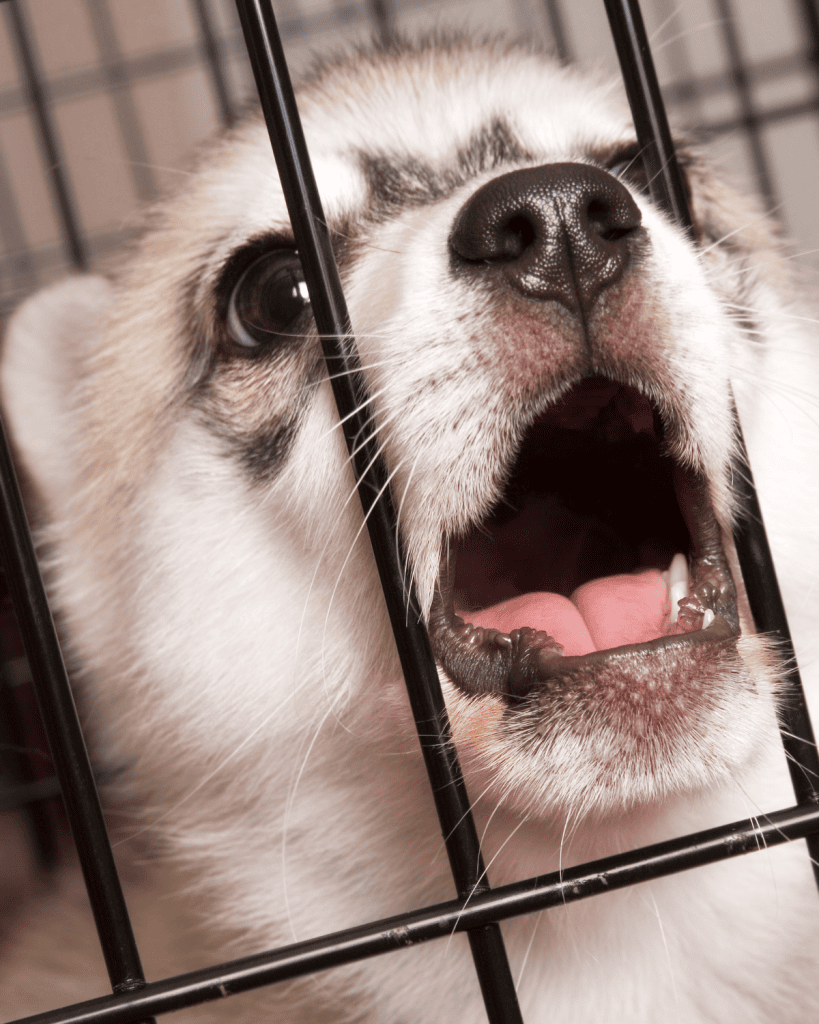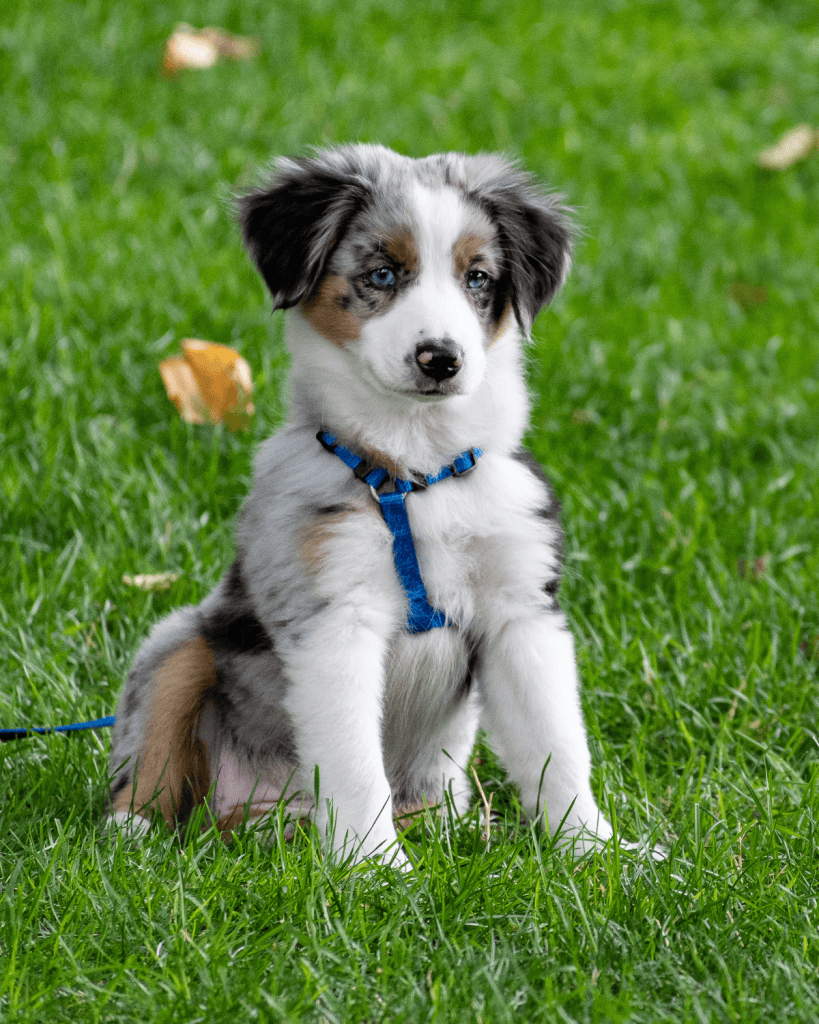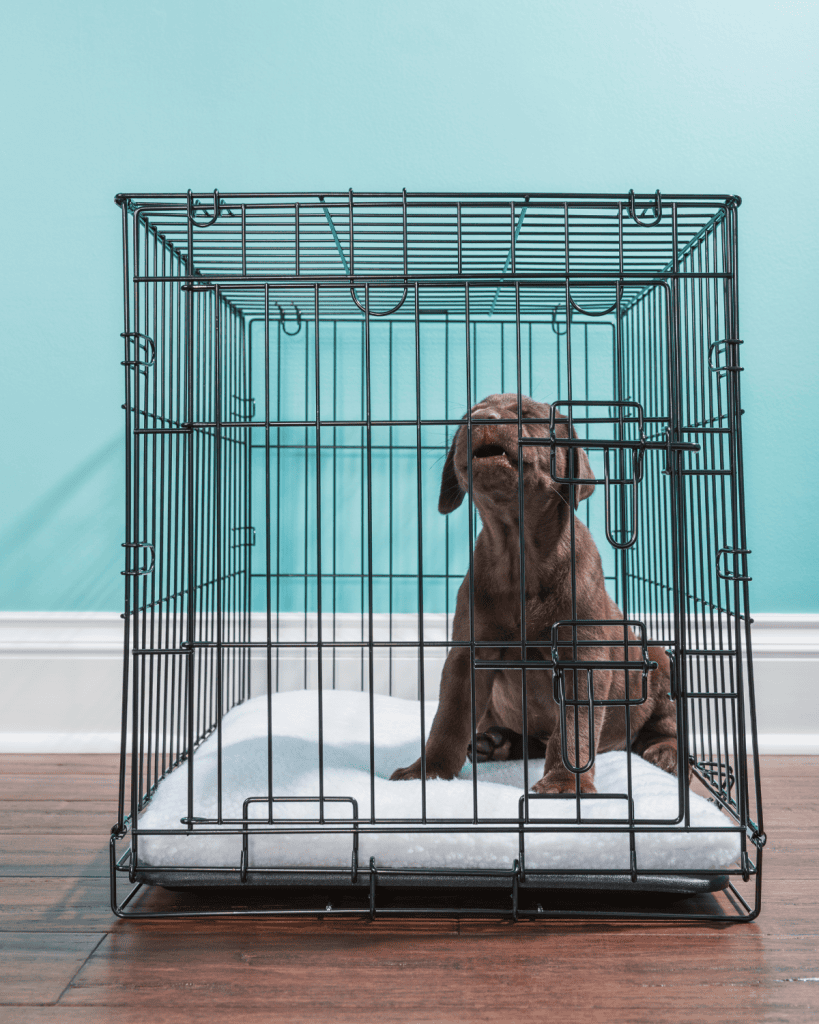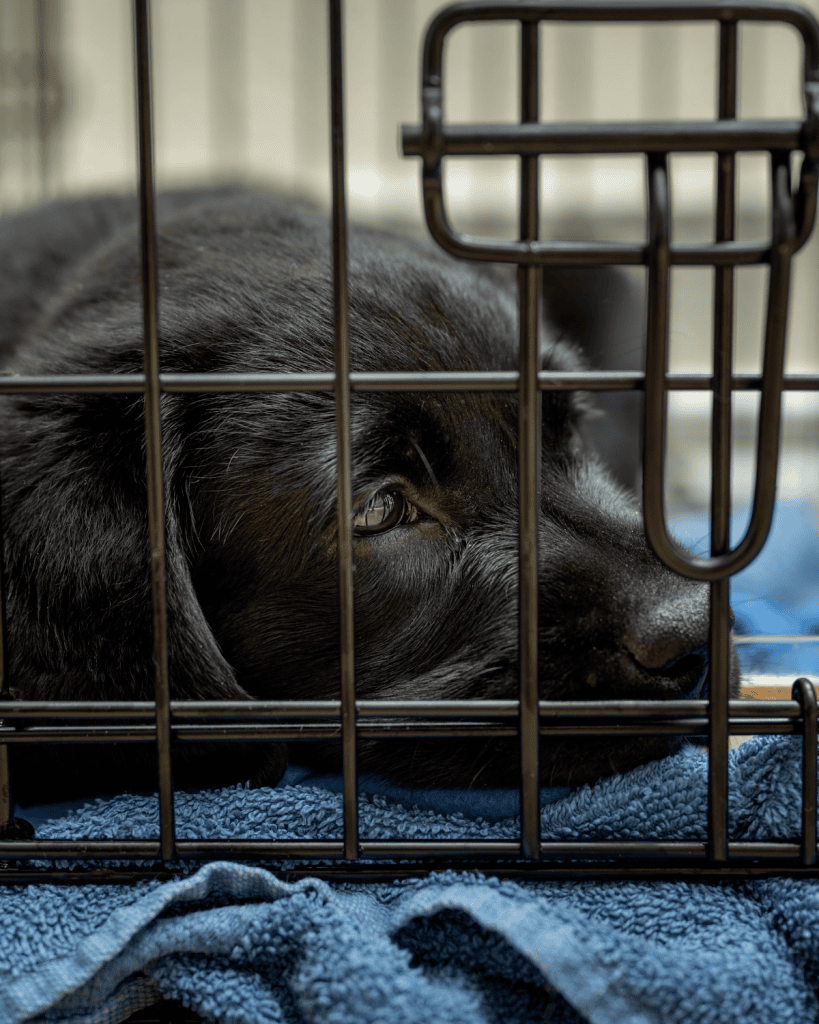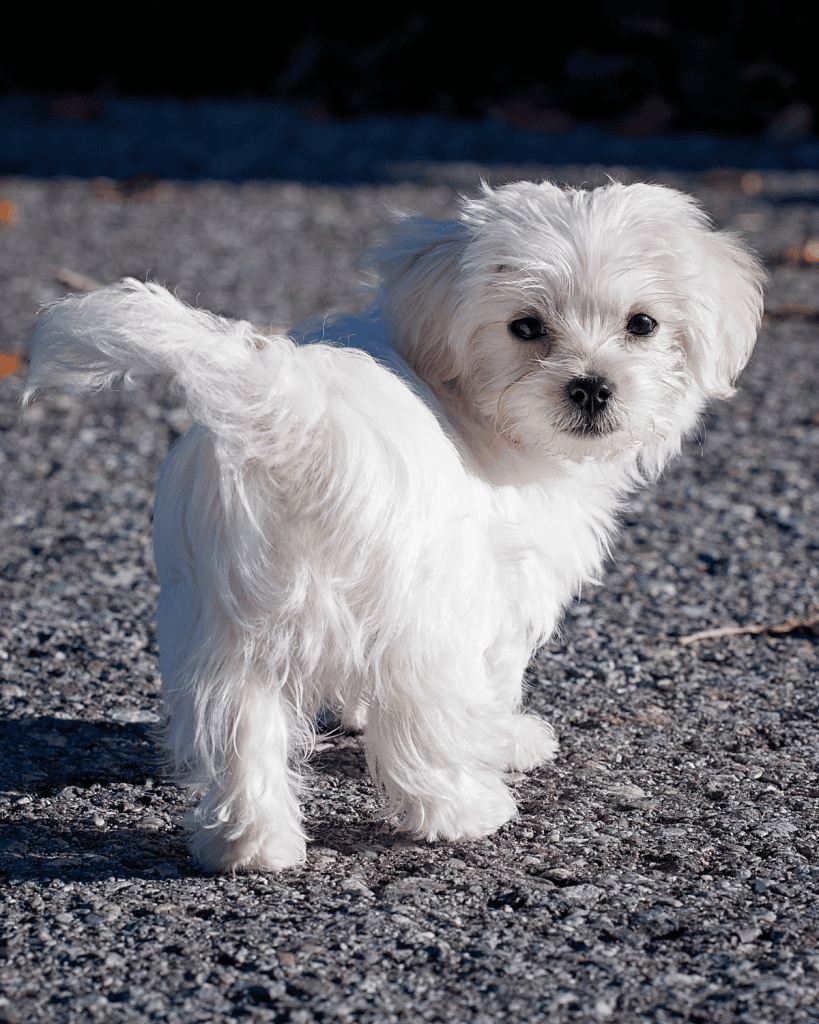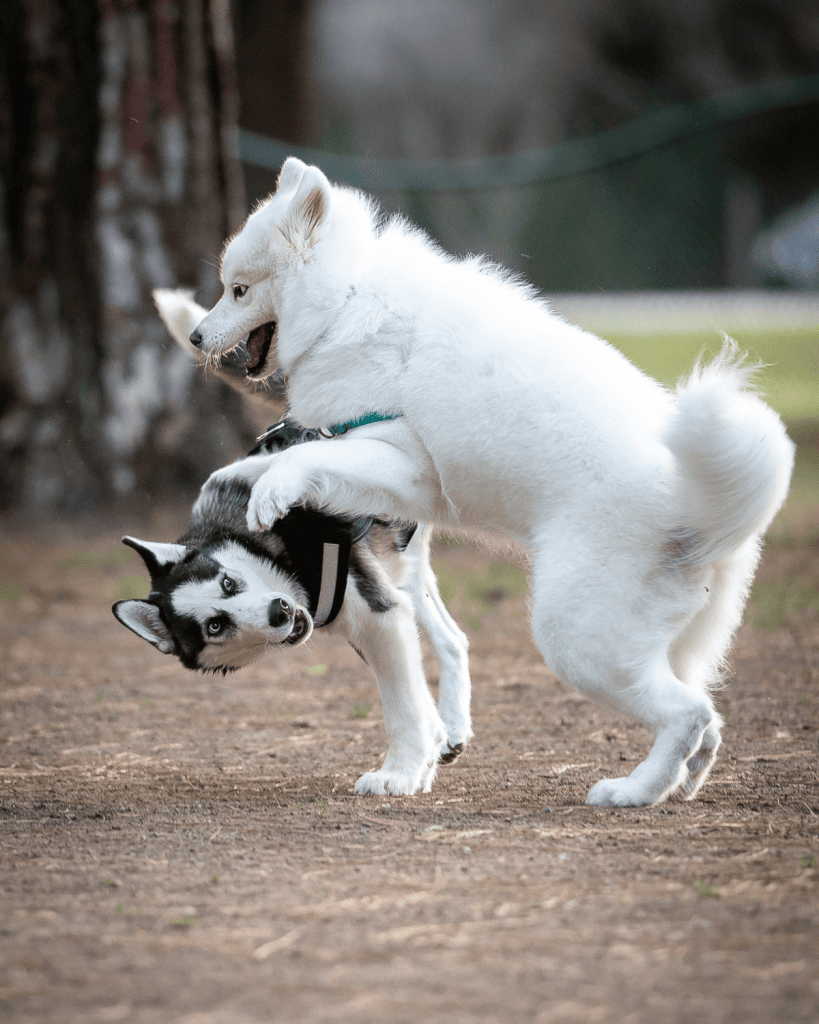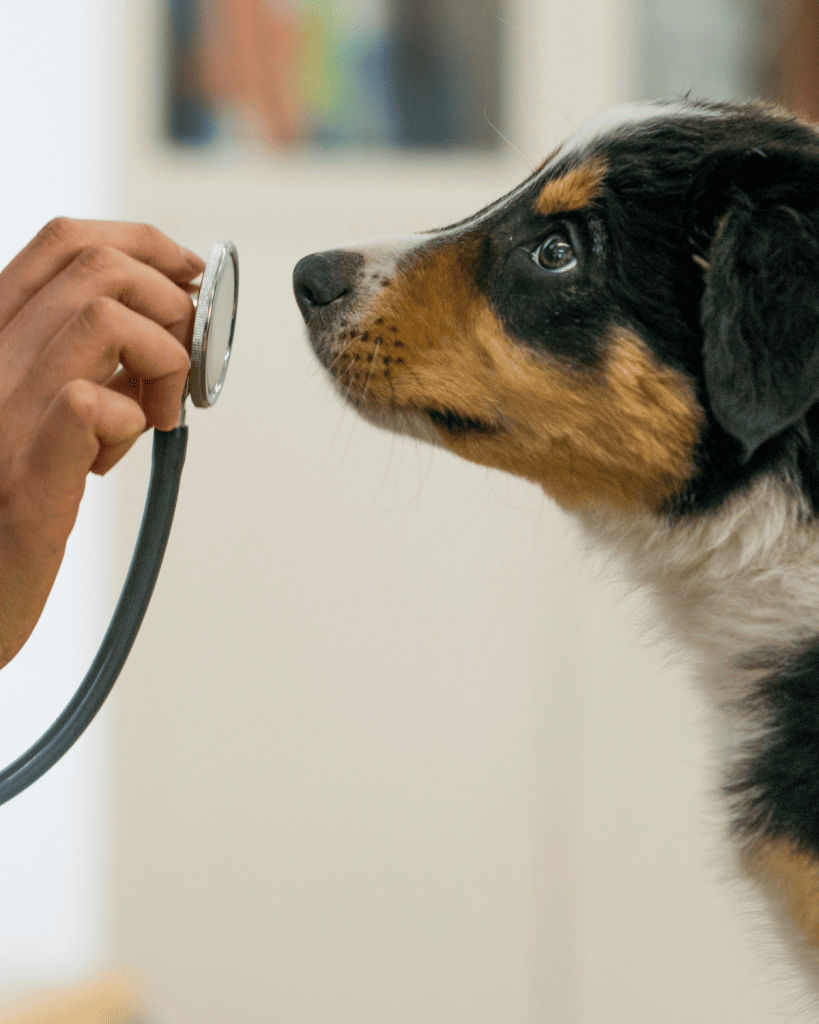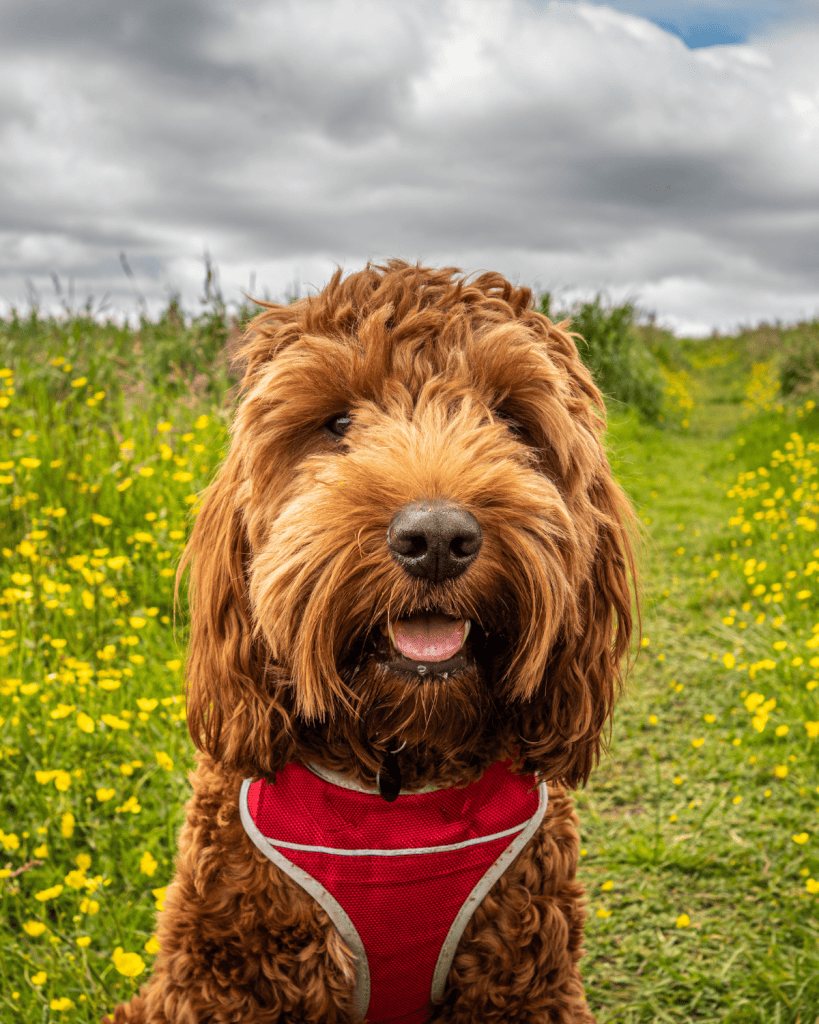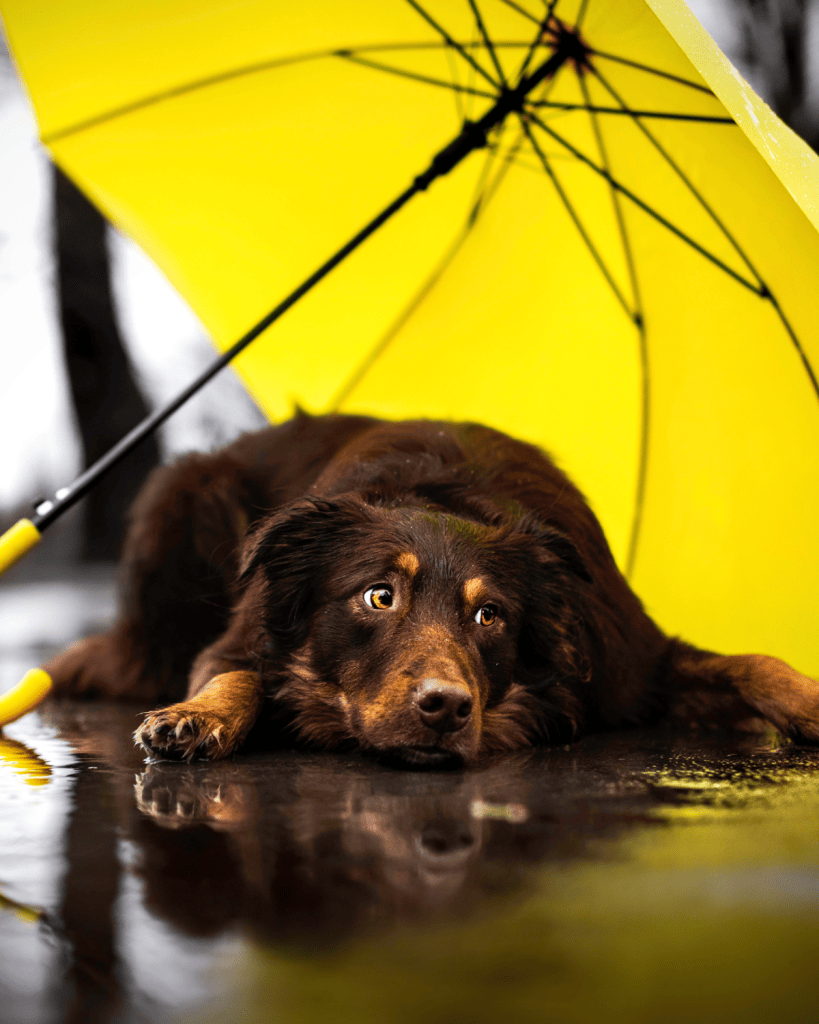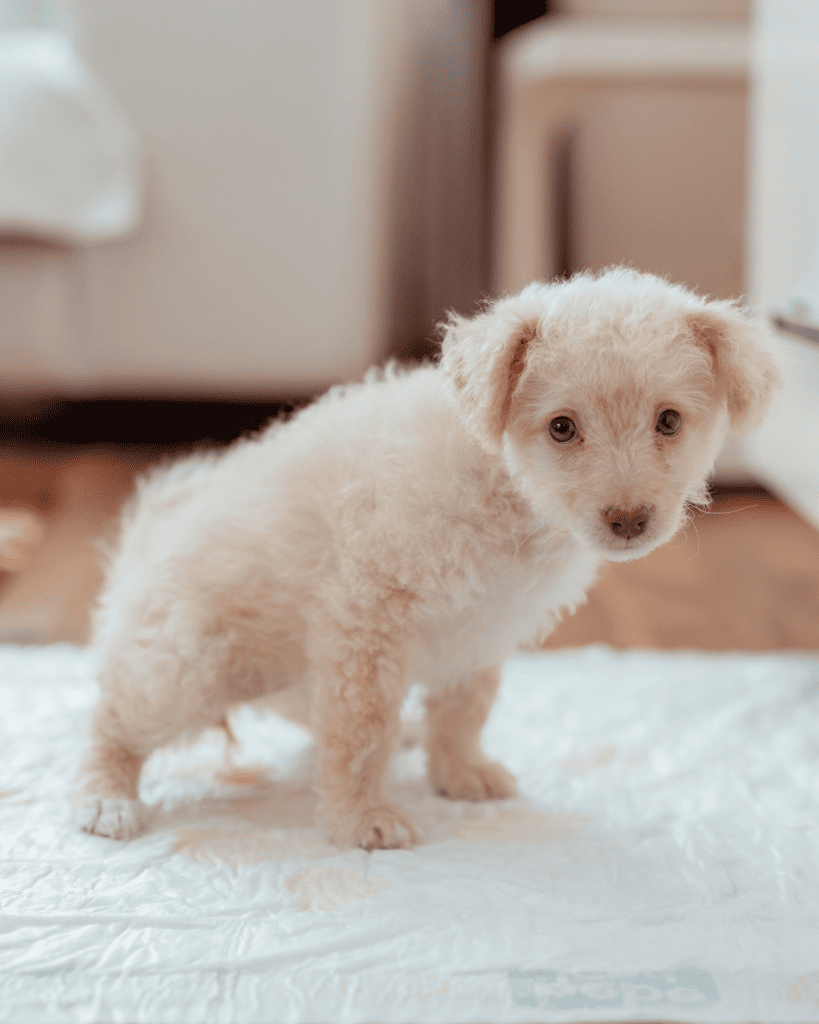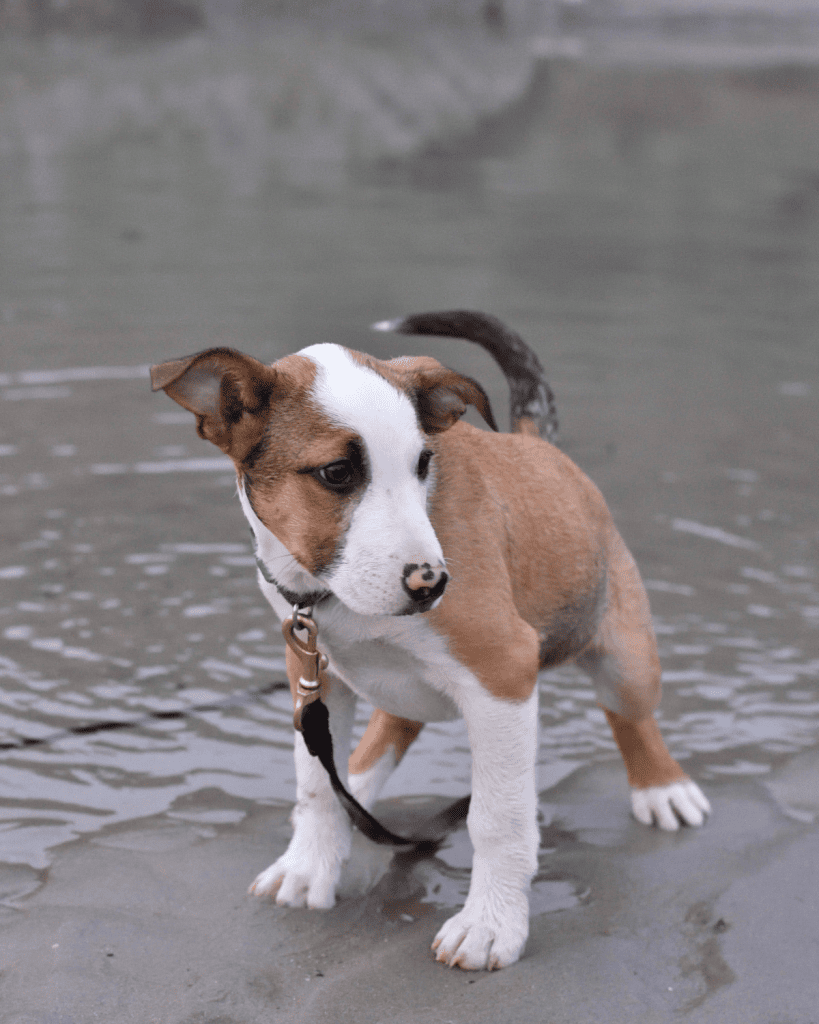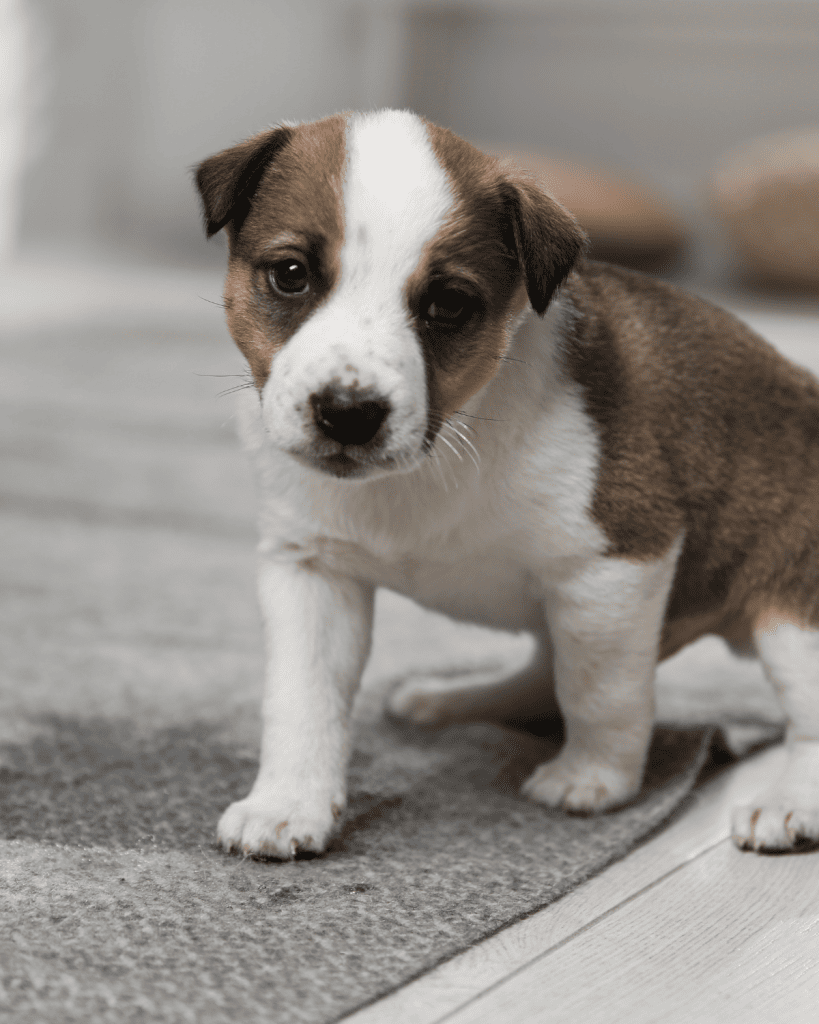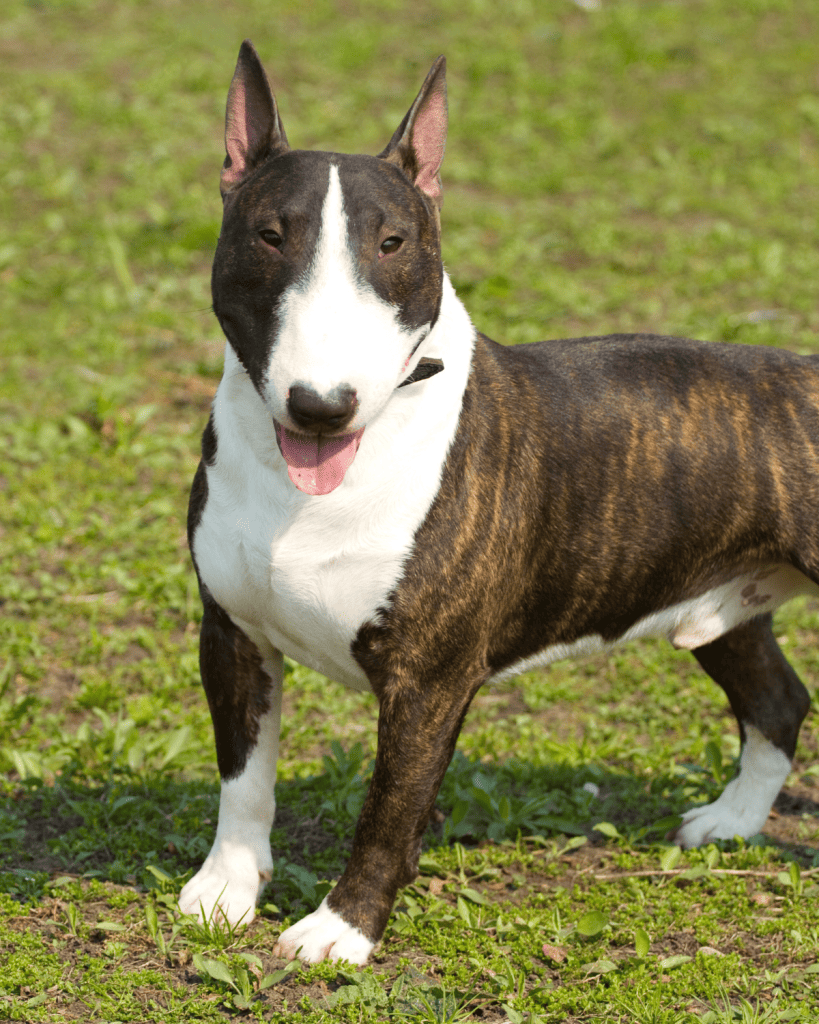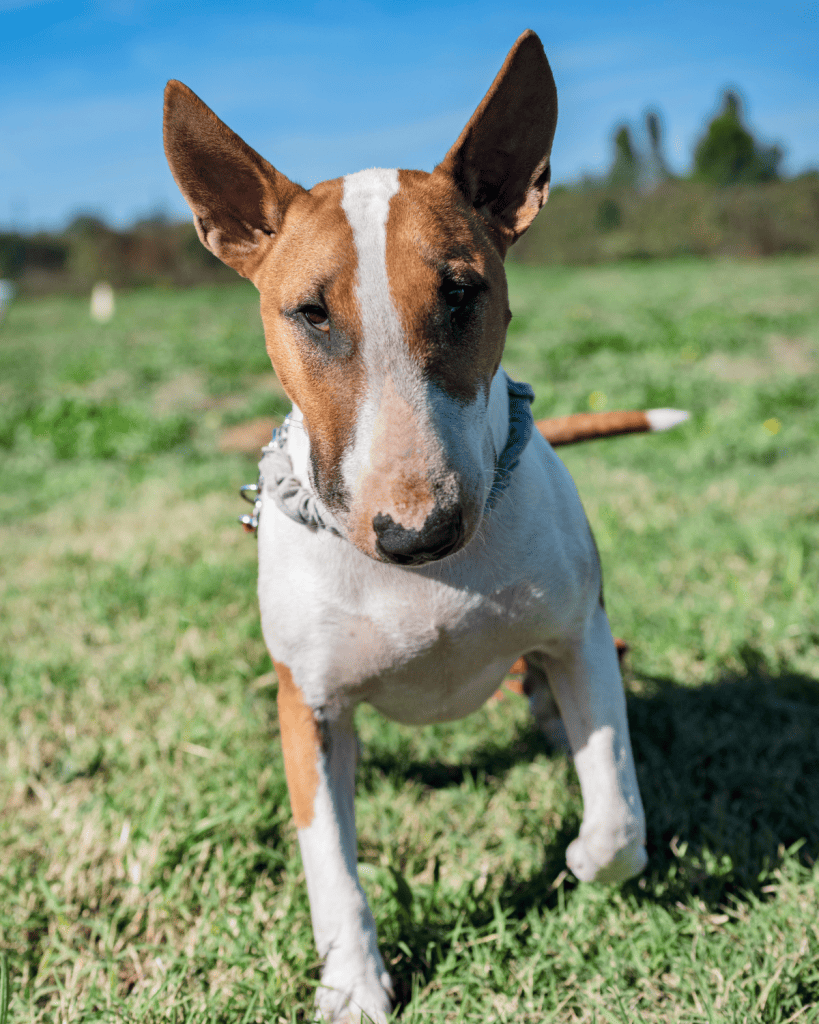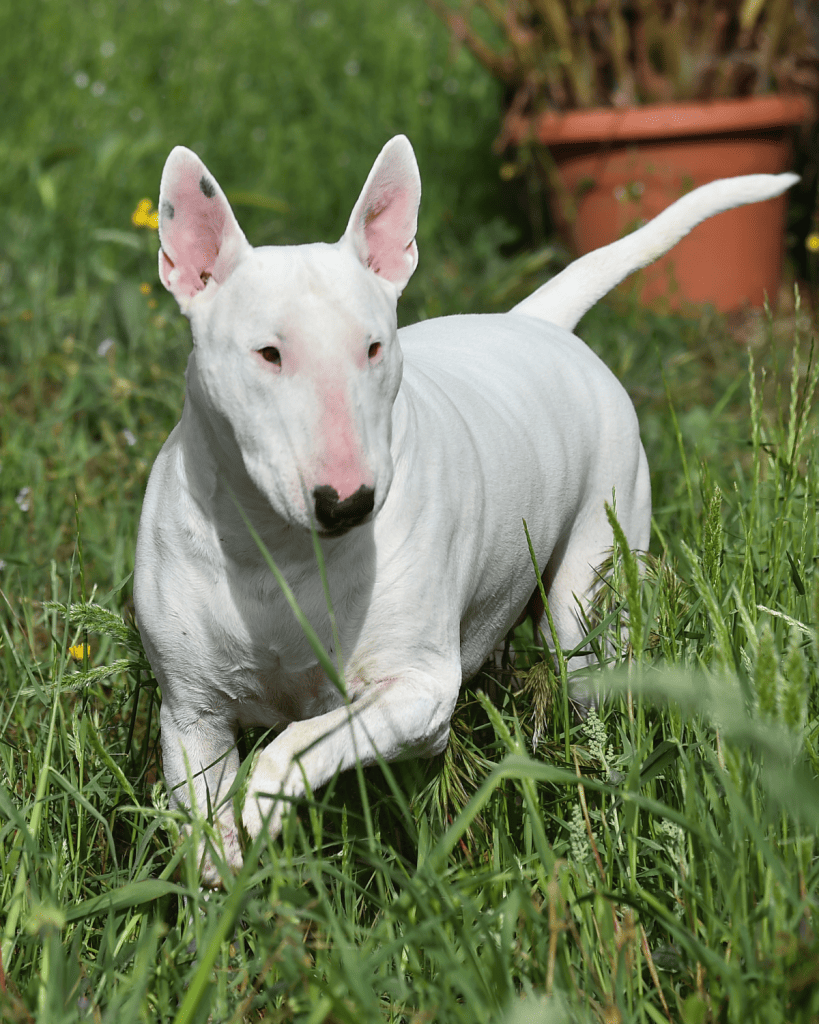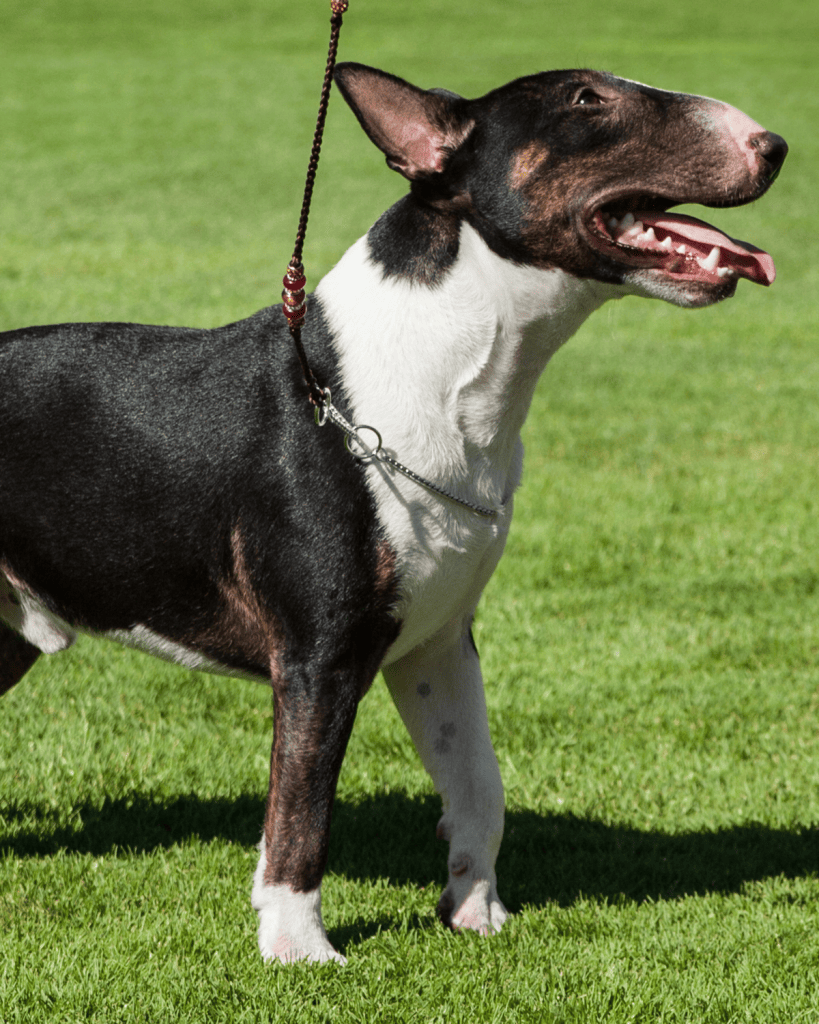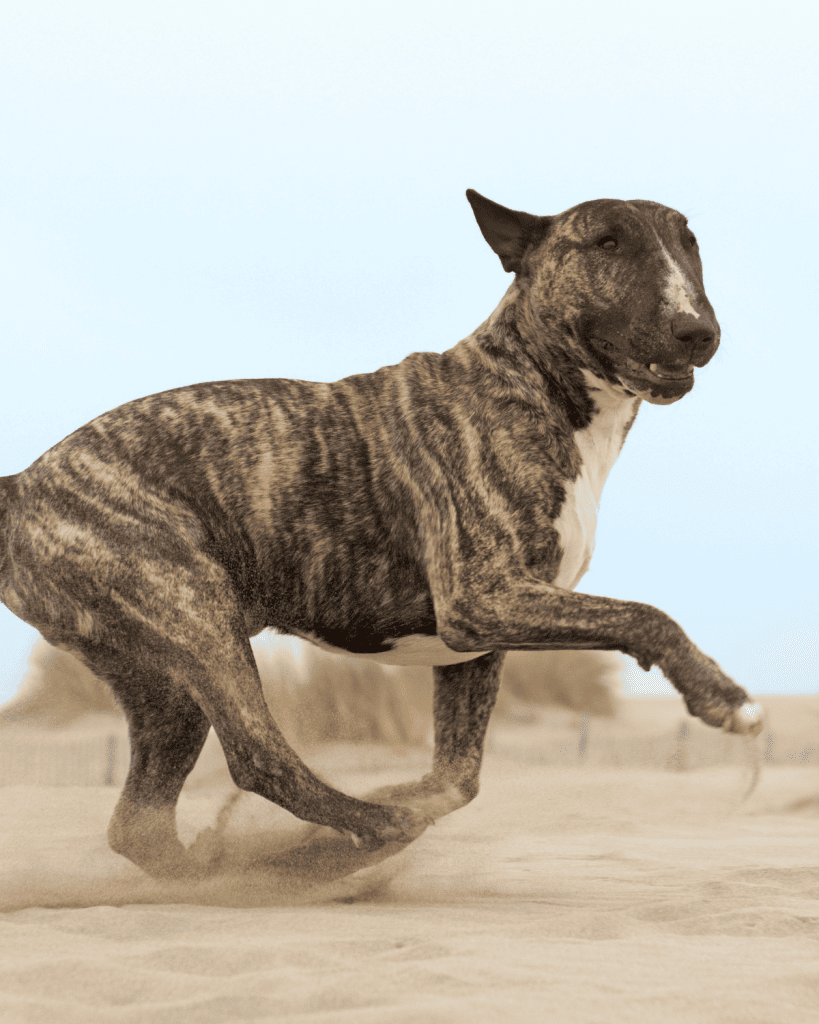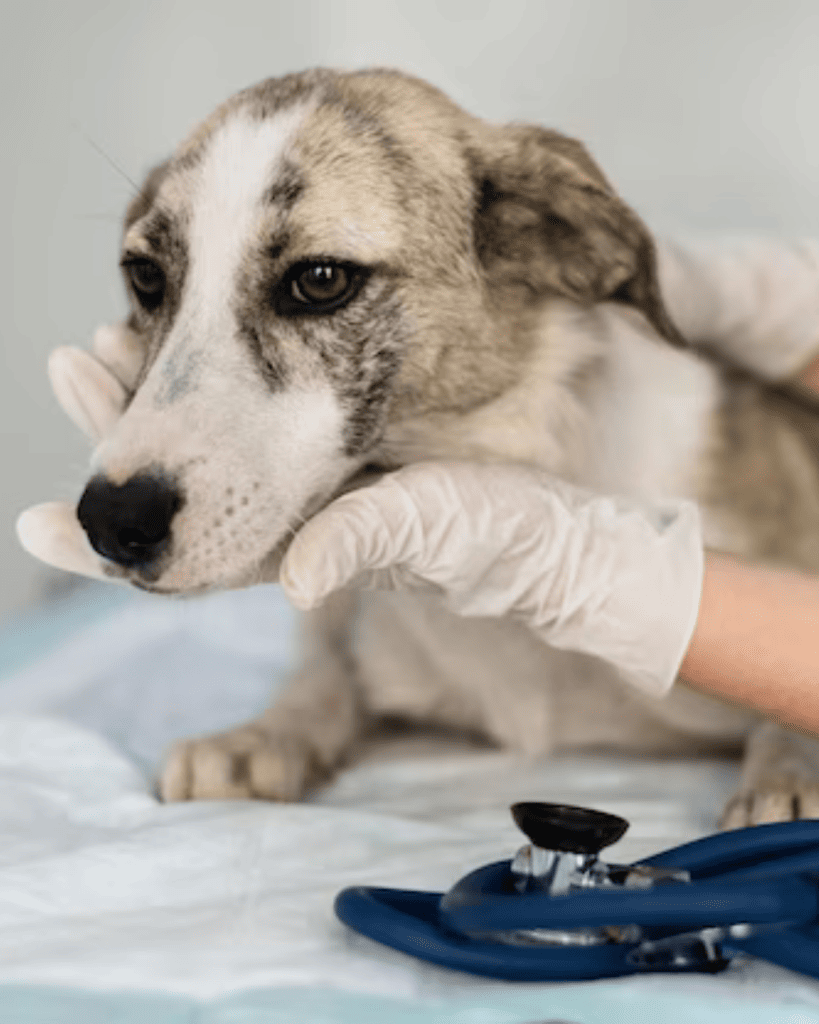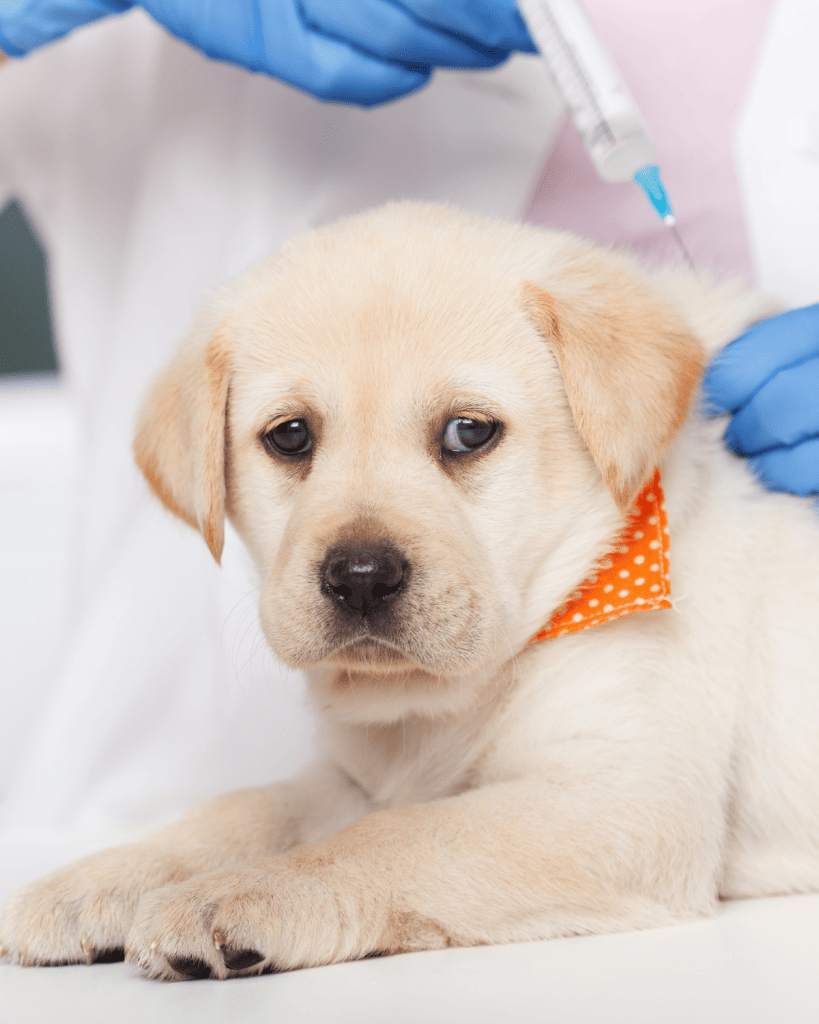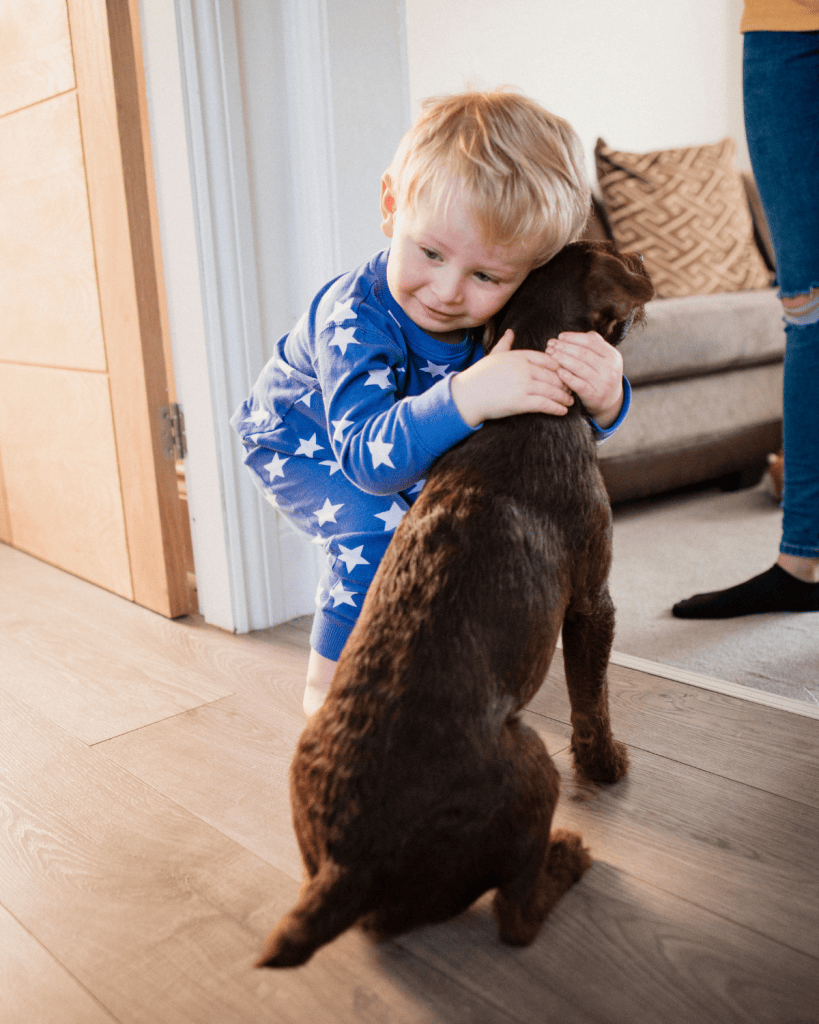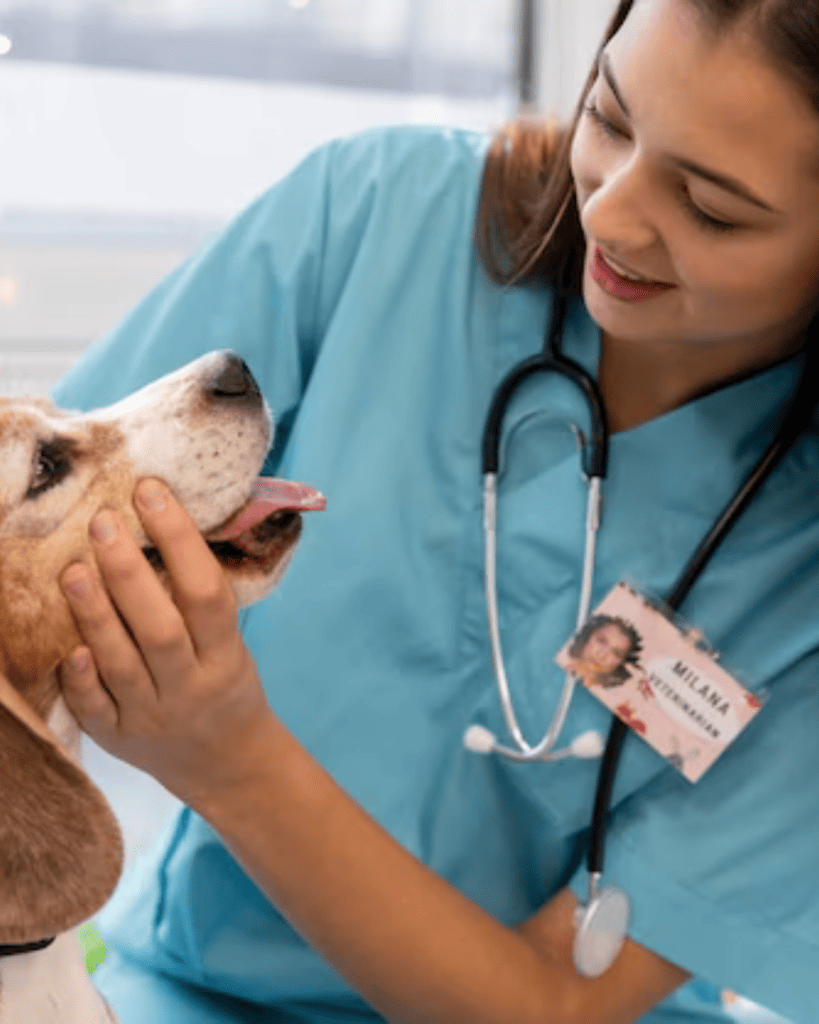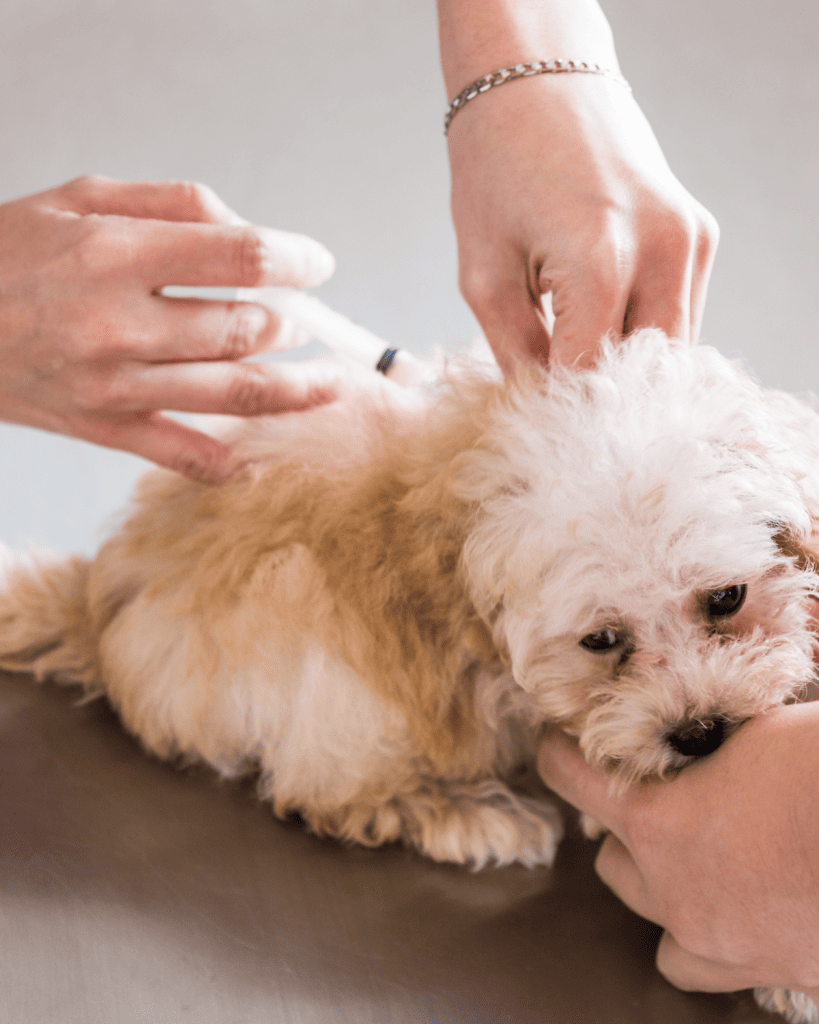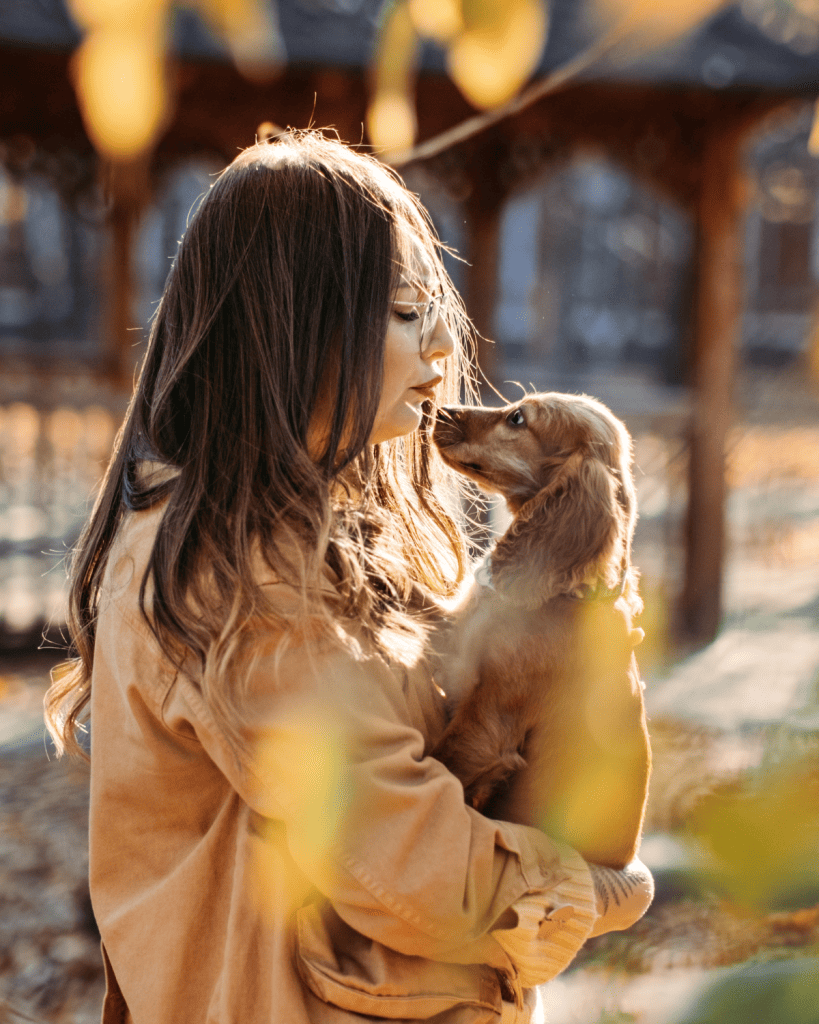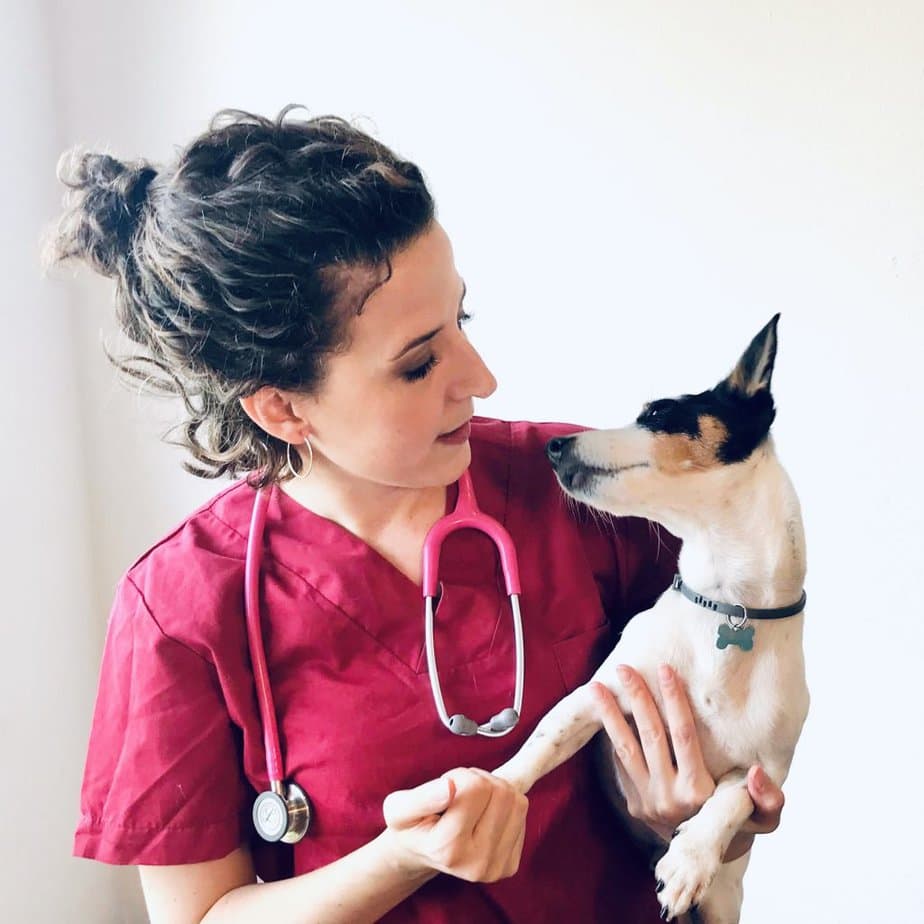How Can A Puppy Get Parvo? A complete guide to Parvovirus
Canine Parvovirus, a deadly disease predominantly affecting young puppies, marks a significant concern for pet owners worldwide.
This highly contagious virus targets the gastrointestinal tract, lymph nodes, and occasionally the heart muscles, particularly in dogs of any age but with a pronounced vulnerability in unvaccinated puppies, young dogs and elderly dogs.
The onset of symptoms—ranging from severe vomiting and bloody diarrhea to lethargy—signals urgent veterinary care to combat the severe dehydration and electrolyte imbalances it induces.
Given the virus’s nature to rapidly deteriorate a puppy’s health, awareness and early detection and action are incredibly important to curing this ailment.
Public areas such as dog parks, puppy classes, and even your own backyard could be grounds for your new puppy to contract Parvovirus, especially through indirect contact with contaminated water bowls, food bowls, or the feces of an infected dog.
This underscores not only the importance of a timely Parvo vaccination series but – if you’ve been knocking around this blog for any amount of time, you know that I like to give you knowledge, and empower you awesome pet parents to help you overcome this significant risk.
Ensuring complete recovery involves a conscientious understanding of the parvovirus infection, a commitment to continuous oversight, and the best protection practices from the earliest weeks of age.
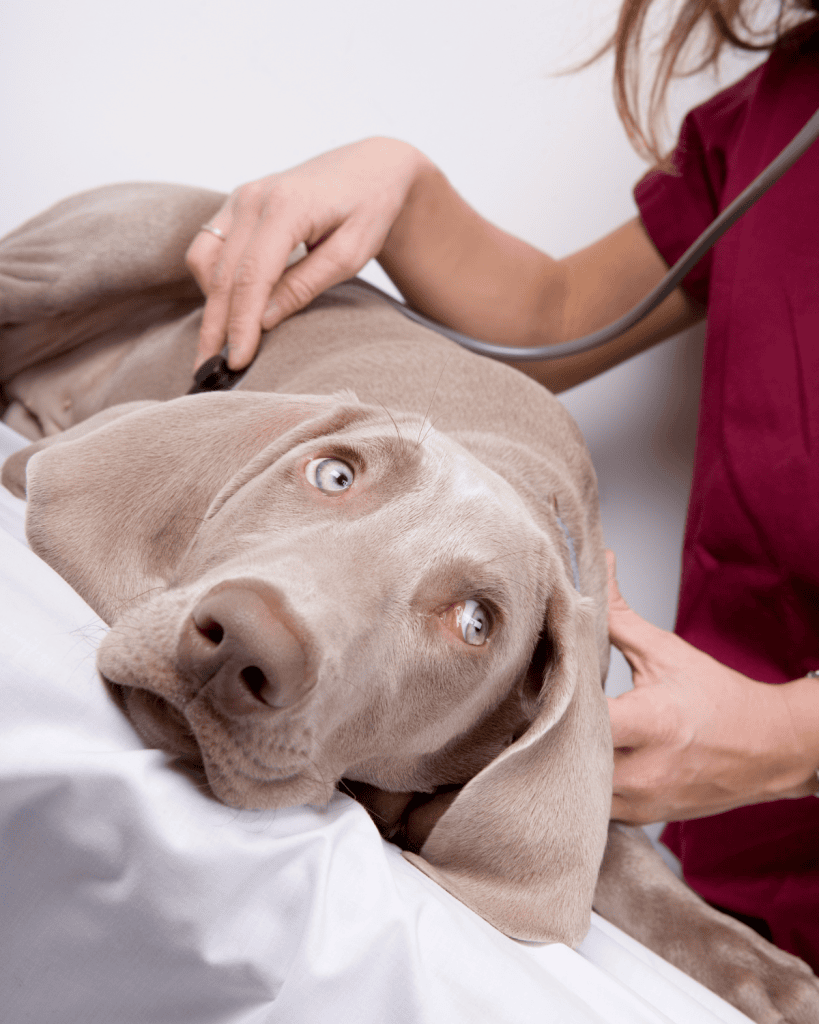
What is Parvovirus?
Canine Parvovirus, often abbreviated as Parvo, is a highly contagious virus wreaking havoc in the canine world, particularly among unvaccinated puppies and young dogs.
This deadly virus fiercely attacks the gastrointestinal tract, bone marrow, and in extreme cases, the heart muscles of young puppies, leading to severe symptoms and potentially fatal outcomes that happen incredibly quickly.
I hate to scare monger amongst new dog guardians, but this is one of the few times that I will always preach caution and speedy veterinary involvement. The peril parvo poses to puppies lies in its rapid progression and the alarming mortality rate among those affected.
Parvovirus spreads through direct or indirect contact with the feces of an infected dog, making places like dog parks, public areas, and even your own home potential risk zones. What makes it worse is the virus’s hardy nature. That nature allows it to survive in the environment for months, waiting to latch onto susceptible dog populations.
Unvaccinated dogs of all ages are at risk, but especially puppies before their complete vaccination series, highlighting the critical need for prompt and proactive measures.
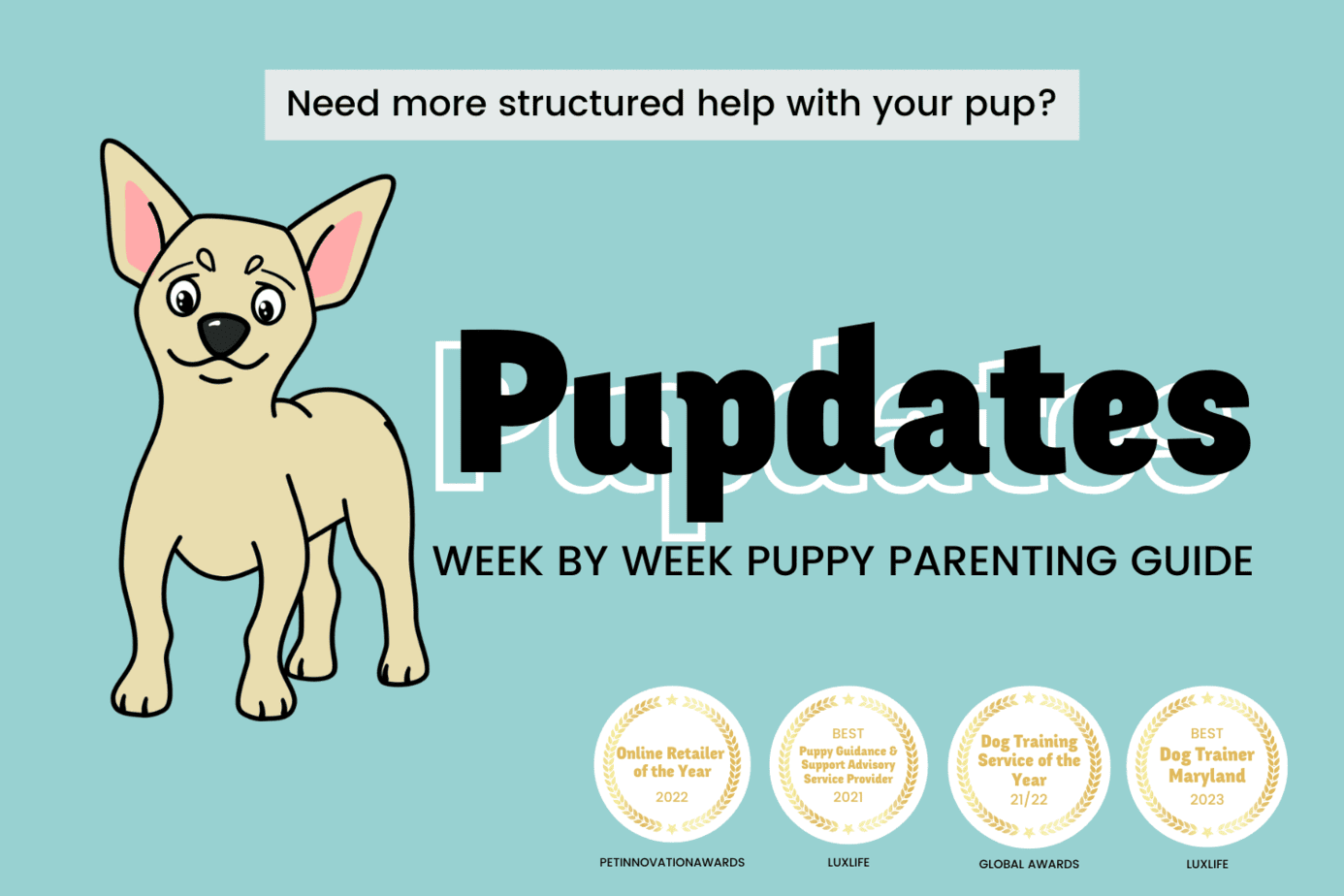
Signs and Symptoms of Parvovirus
- Severe lethargy
- Loss of appetite
- Vomiting
- Bloody diarrhea
- Fever
- Dehydration
- Weakness
(Note: Loss of appetite around 4 months of age is likely not parvo, it’s likely teething)
Recognizing the early signs of Parvovirus can be a lifesaver for young puppies. Initially, pet owners might notice a lack of energy and a loss of appetite in their new puppy, progressing to more severe symptoms like vomiting and bloody diarrhea—clinical signs hardly to be ignored given their potentially fatal consequences.
As the virus spreads, it damages the lining of the small intestine, leading to severe dehydration and electrolyte imbalances, components crucial to a puppy’s vital functions. The deterioration prompts a rapid decline in the dog’s condition, with signs of Parvo potentially turning grave within 48 to 72 hours post-infection.
Lymph nodes may become swollen as they fight the infection, and low white blood cell count from bone marrow suppression is a frequent occurrence, weakening the immune system further. Recognizing these symptoms early, especially in unvaccinated puppies, is crucial, as aggressive treatment can significantly enhance survival rates.

How Do Puppies Get Parvovirus?
The first thing to note is that it’s more than just dogs who can carry or spread Parvovirus.
Animals who can carry canine parvovirus
- Dogs
- Coyotes
- Wolves
- Foxes
- Raccoons
- Minks
- Bobcats
- Skunks
- Feral dogs
and then it’s worth noting that there are different ways that parvovirus can be spread.

3 Ways Parvo is Spread
When considering how animals spread or carry Parvovirus, it’s critical to understand the virus’s resilience and transmission methods. The Cornell University College of Veterinary Medicine detail that parvovirus can be spread in the following ways
- Fecal-Oral Route: This is the primary mode of transmission. The virus is shed in the feces of infected animals, and other animals can contract the virus by coming into contact with these infected feces, directly or through contaminated environments. This is why coprophagia (poop eating) can be so problematic.
- Environment: Parvovirus has a notorious ability to endure outside of a host. It can survive in soil, on grass, or on other surfaces for months under favorable conditions. This durability means that the virus can linger in an environment long after an infected animal has passed through, posing a risk to any susceptible animals that enter the area.
- Fomites: The virus can also spread through contaminated objects (fomites), such as humans’ shoes, clothes, and tools, or animals’ fur and paws, transferring the virus from contaminated locales to clean areas or directly to uninfected animals.
- Confirmed efficacy on Parvo
- Fast 2-minute kill time on clinical surfaces
- Broad spectrum effectiveness
- No limitations on healthcare surfaces. Safe for both soft and hard surfaces
- Ready to use – no mixing
- Confirmed effective on Parvovirus
- Broad spectum and gentle on surfaces
- Multi-use functionality, you can replace several cleaning products with just one.
- SNiPER is non-corrosive, non-flammable, non-chlorinating, hypo-allergenic and a true biodegradable product.
- Proven efficacy with Parvo
- A broad spectrum veterinary disinfectant
- Starts killing bacteria in 5 minutes
The details provided here are in line with informed sources like veterinary studies, including those by Cornell University College of Veterinary Medicine, emphasizing the importance of understanding both direct and indirect transmission routes of Parvovirus to prevent its spread effectively.
5 Ways To Prevent Parvovirus
Whilst the risk of parvo is significant, we can minimise the risks. Here’s the best ways to prevent parvo and minimise your risks
- Vaccination: The primary line of defense against Parvovirus is a consistent vaccination schedule. Puppies typically get their first vaccines at six to eight weeks of age, followed by a series of booster shots at regular intervals. Regular vaccinations for adult dogs ensure continuous immunity. It’s crucial to follow your vet’s prescribed vaccination schedule.
- Good hygiene practices: Regular cleaning and disinfection practices can help eliminate the virus from the environment. Using a one of the above cleaners will kill the virus. Focus particularly in areas your dog has access to, like kennels, yards, and feeding bowls. This habit is particularly important if your pet or any other pet in proximity has had Parvo, but beneficial to practice routinely to prevent various diseases.
- Isolate infected dogs: If a dog has been diagnosed with Parvo, you should keep them isolated to prevent the spread of the virus. Parvo is highly contagious and can spread through direct contact or shared items between other dogs or puppies, especially those that aren’t yet fully vaccinated.
- Avoid contaminated areas: Until your pet is fully vaccinated, avoid taking them to public places where they could come into contact with the virus, such as dog parks, pet stores, or areas known to have had recent Parvo outbreaks. This is especially critical for puppies who might not yet have full immunity.
- Health checks for new pets: If you are adopting a new dog, especially a puppy, ensure they have been health checked and are up to date on their vaccinations before bringing them home, particularly if you already have other pets at home.
Remember, understanding your dog, being observant and having a great veterinarian to back you up are critical to the success of overcoming parvovirus and keeping your dog in great health.
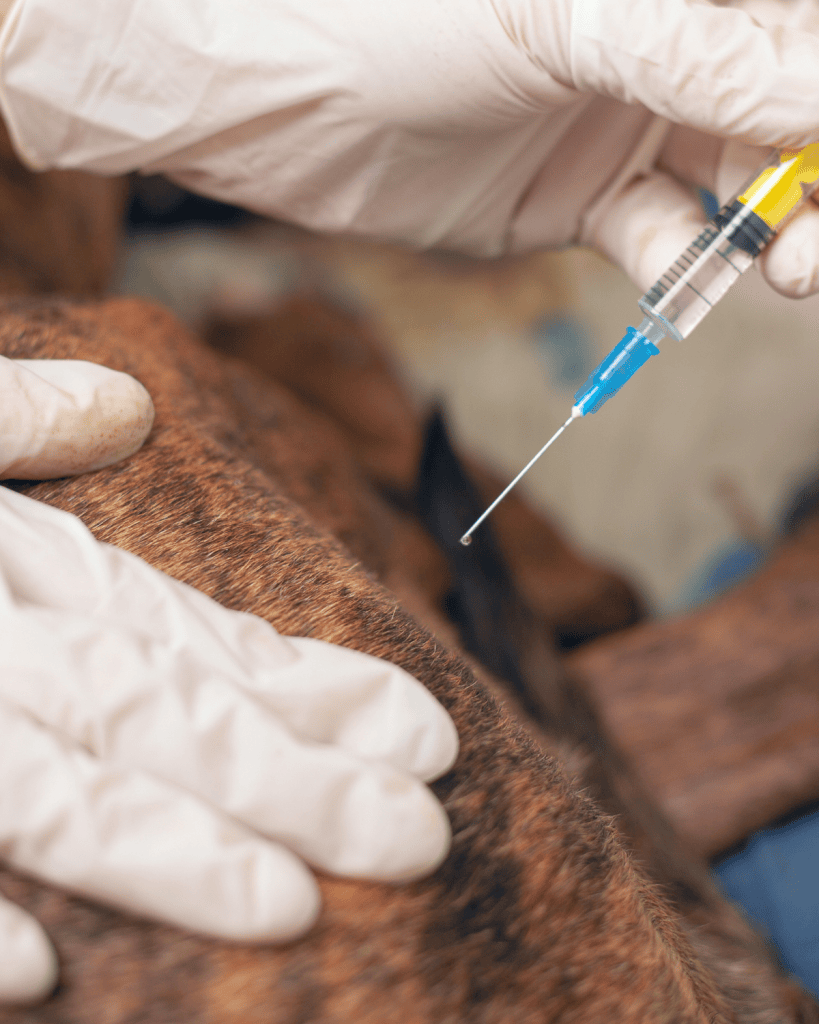
Treatment Options for Parvovirus
Upon suspecting Parvovirus, immediate veterinary consultation is imperative. Parvo is a severe condition requiring aggressive treatment to increase survival rates. Veterinary care may include hospitalization in severe cases, where pups receive supportive care such as intravenous fluids to combat severe dehydration, and electrolyte imbalances, and antibiotics to prevent secondary bacterial infections. Early intervention can lead to a complete recovery, highlighting the importance of recognizing signs of parvo quickly.
At home, isolation of the infected pup is crucial to prevent the spread to other dogs. Pet owners should maintain a clean environment, using a bleach solution to disinfect any area the puppy has accessed. Hydration and encouragement to eat small, frequent meals can be part of home care, but only under veterinary guidance. Always provide a quiet, comfortable space for the puppy to recover, keeping stress levels to a minimum and ensuring plenty of rest as the puppy fights the infection.
Parvo Is A Risk, But We Can Win!
Canine Parvovirus poses a significant threat to young, unvaccinated puppies, and preventative measures such as regular vaccination, stringent sanitation, and isolation of infected pets are key in curbing its spread.
Recognizing the early signs of the virus, acting swiftly upon suspicion, and providing the necessary treatment are vital steps in ensuring the wellbeing of your pup. Despite the peril it presents, with informed understanding and vigilant care, Parvo is preventable and, when caught early, treatable. Becoming well-versed with this virus serves as the best defense, transforming concerned pet owners into skilled guardians of their furry family members.
If you want to get the best start for your pup, get practical advice, and explore the world of puppyhood from a place of knowledge? Sign up to pupdates!

Author, Ali Smith
Ali Smith is a professional, qualified, and multi-award winning trainer is the founder of rebarkable. She has always believed animals deserve kindness and champions force free methods. Believing that dog guardians will all choose the kindest options if proper information is provided, she aims to help all dog guardians who need it and make dog training as accessible as possible
Ali lives win Maryland, US with her husband and her three dogs.




